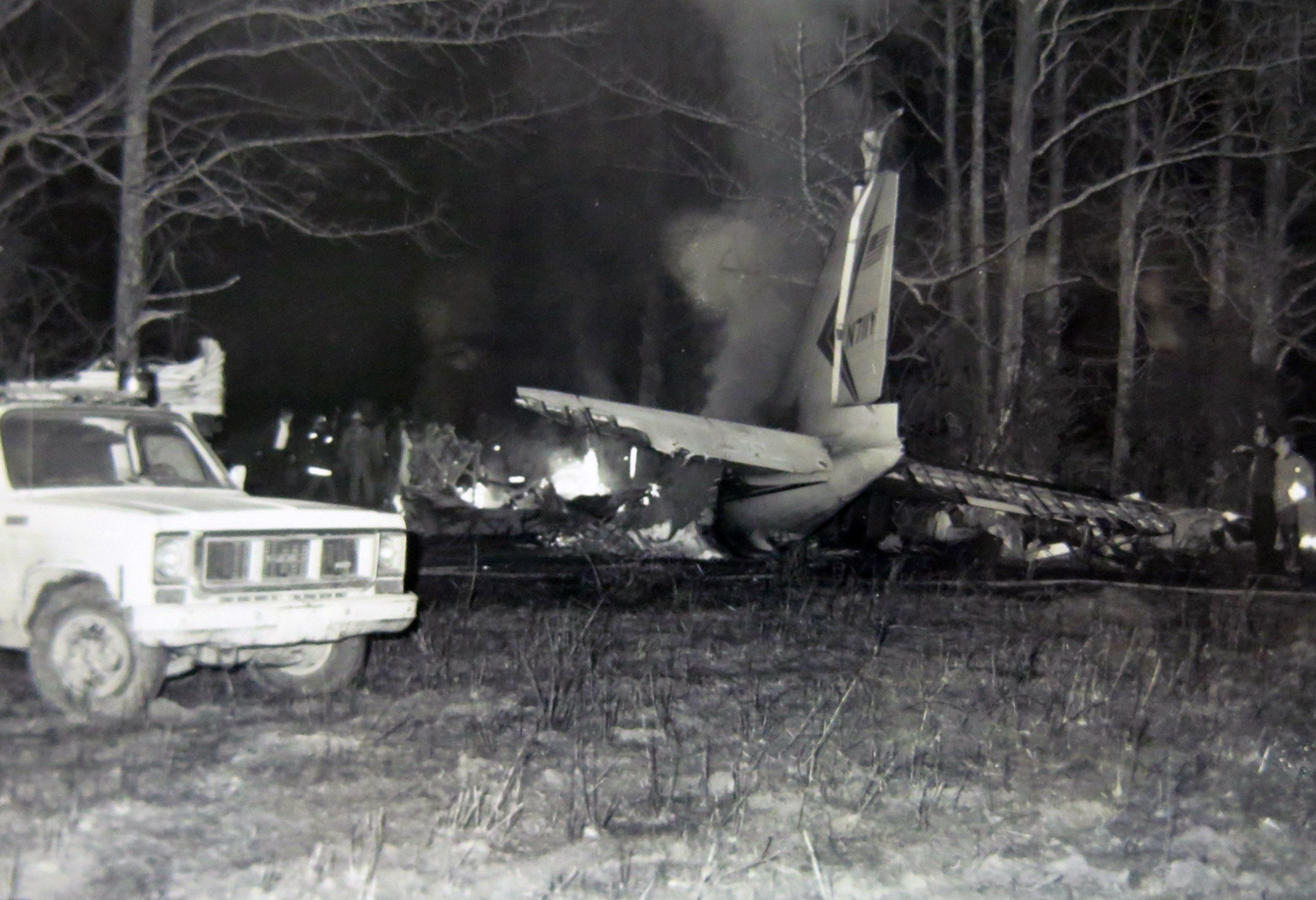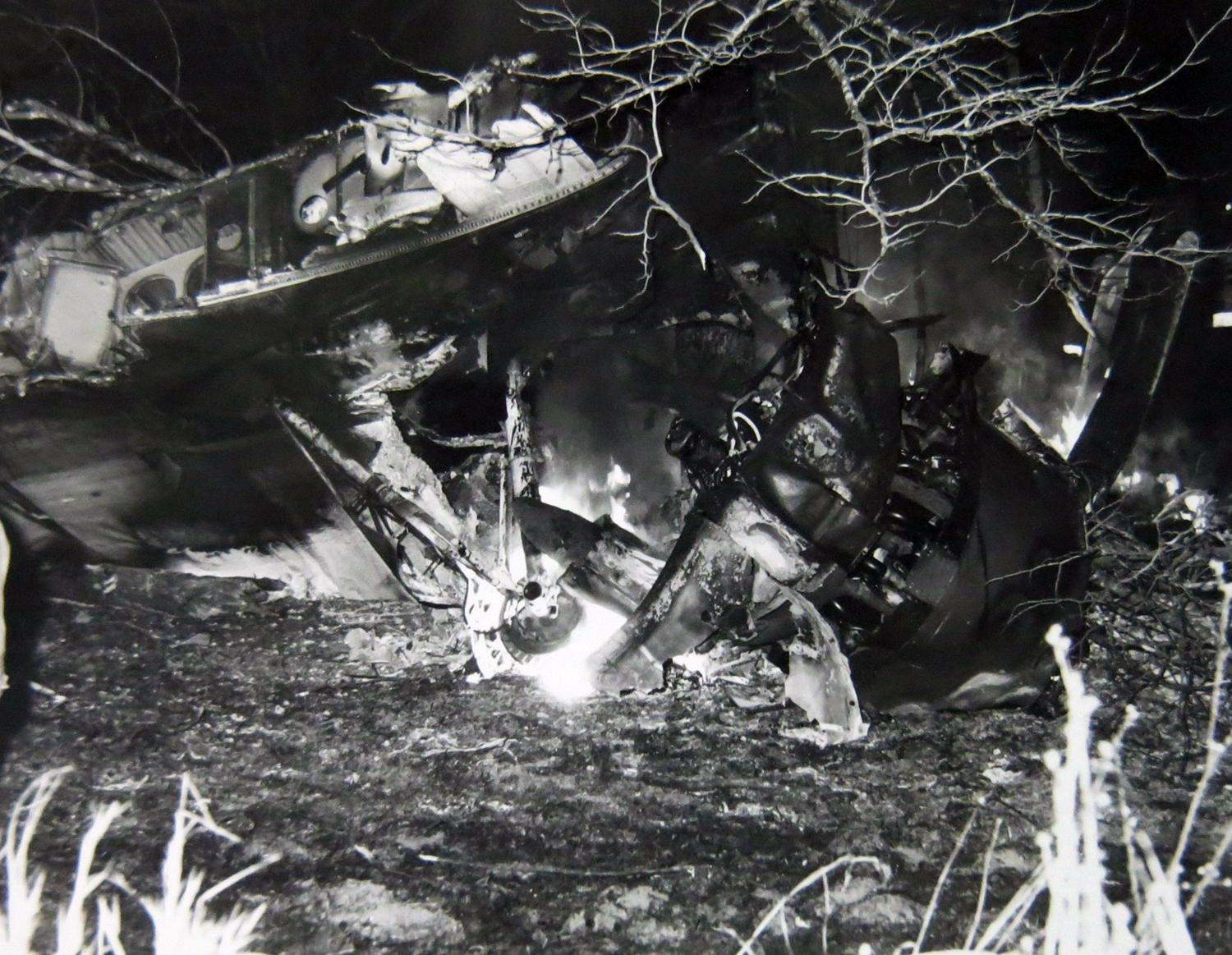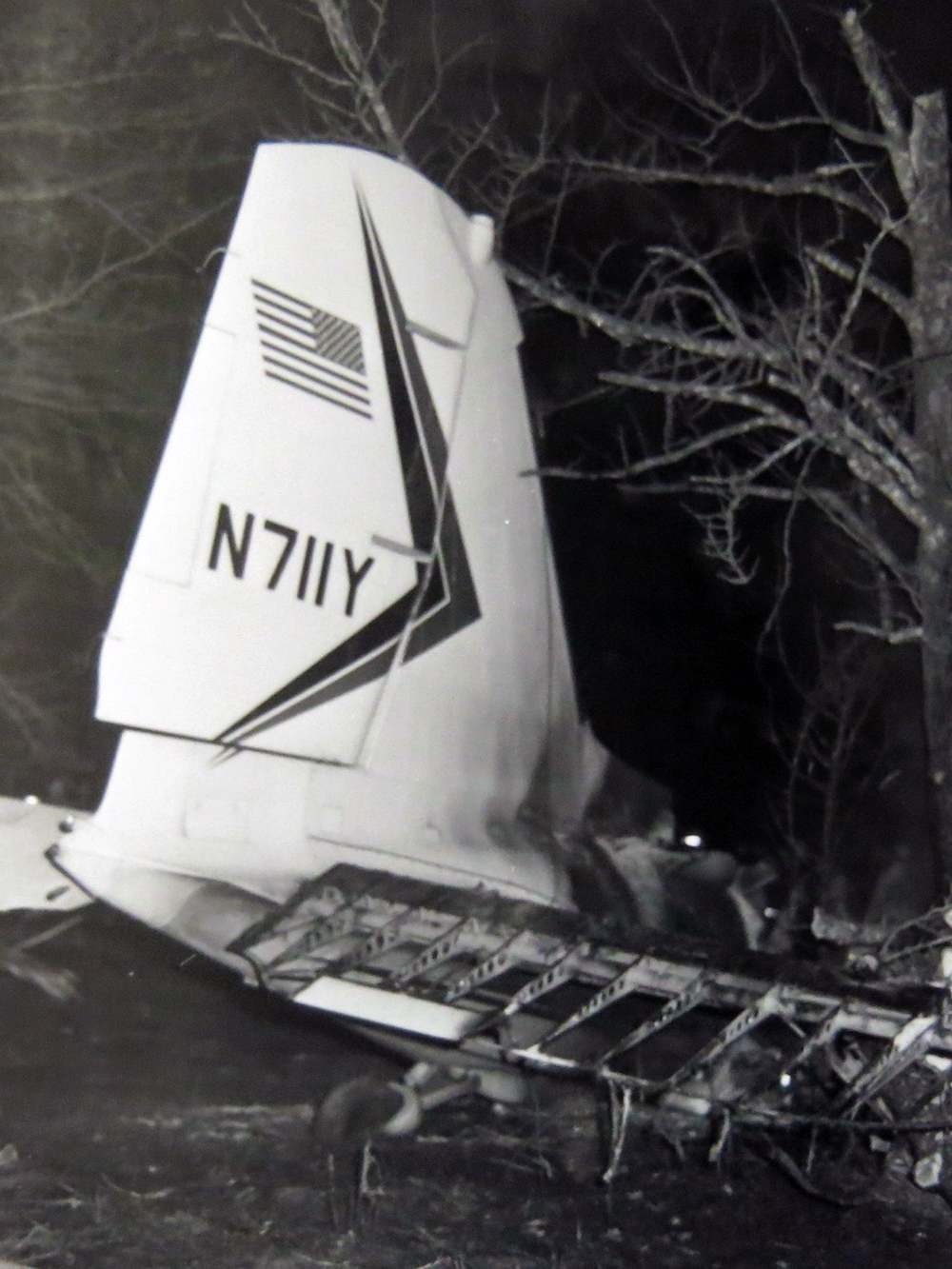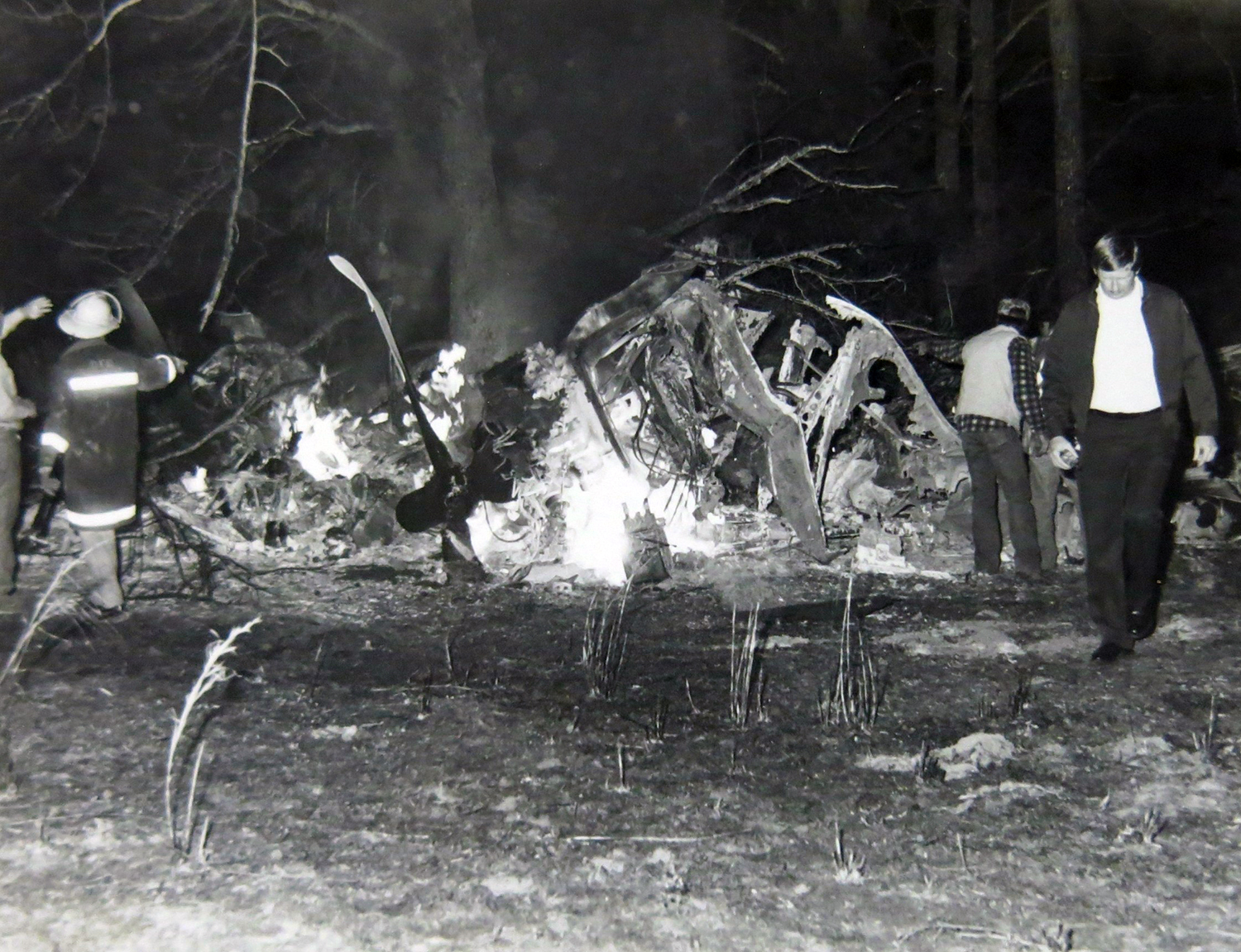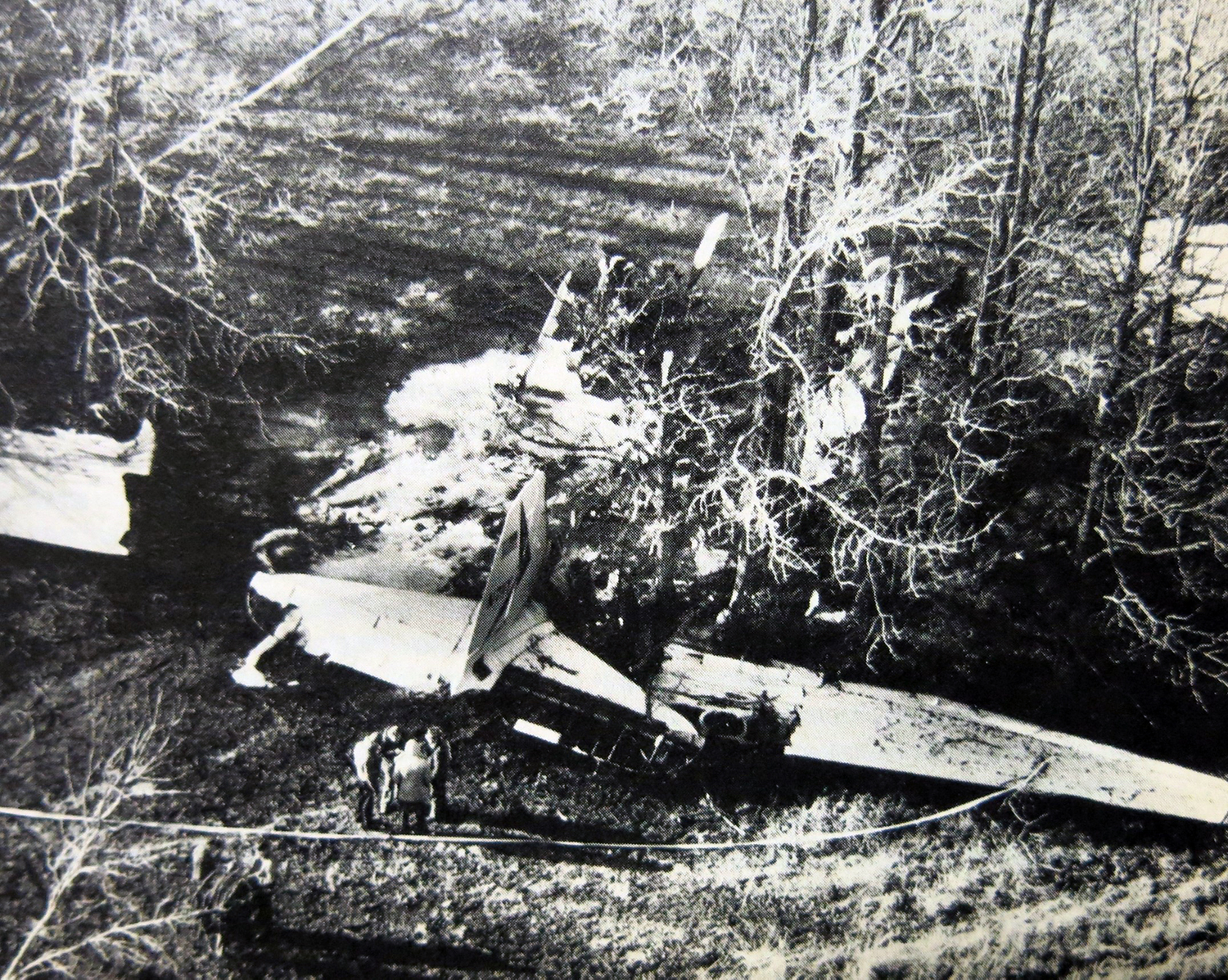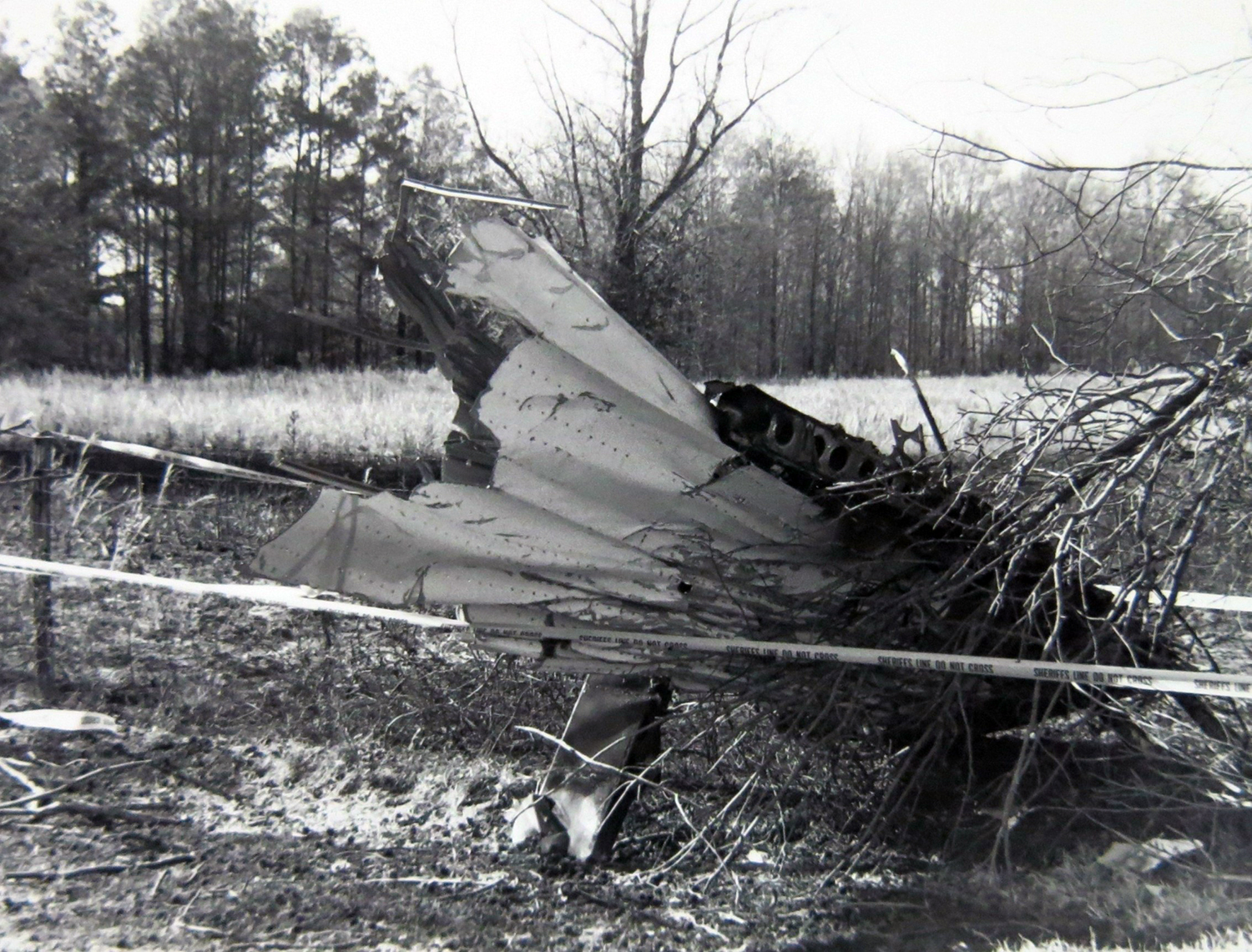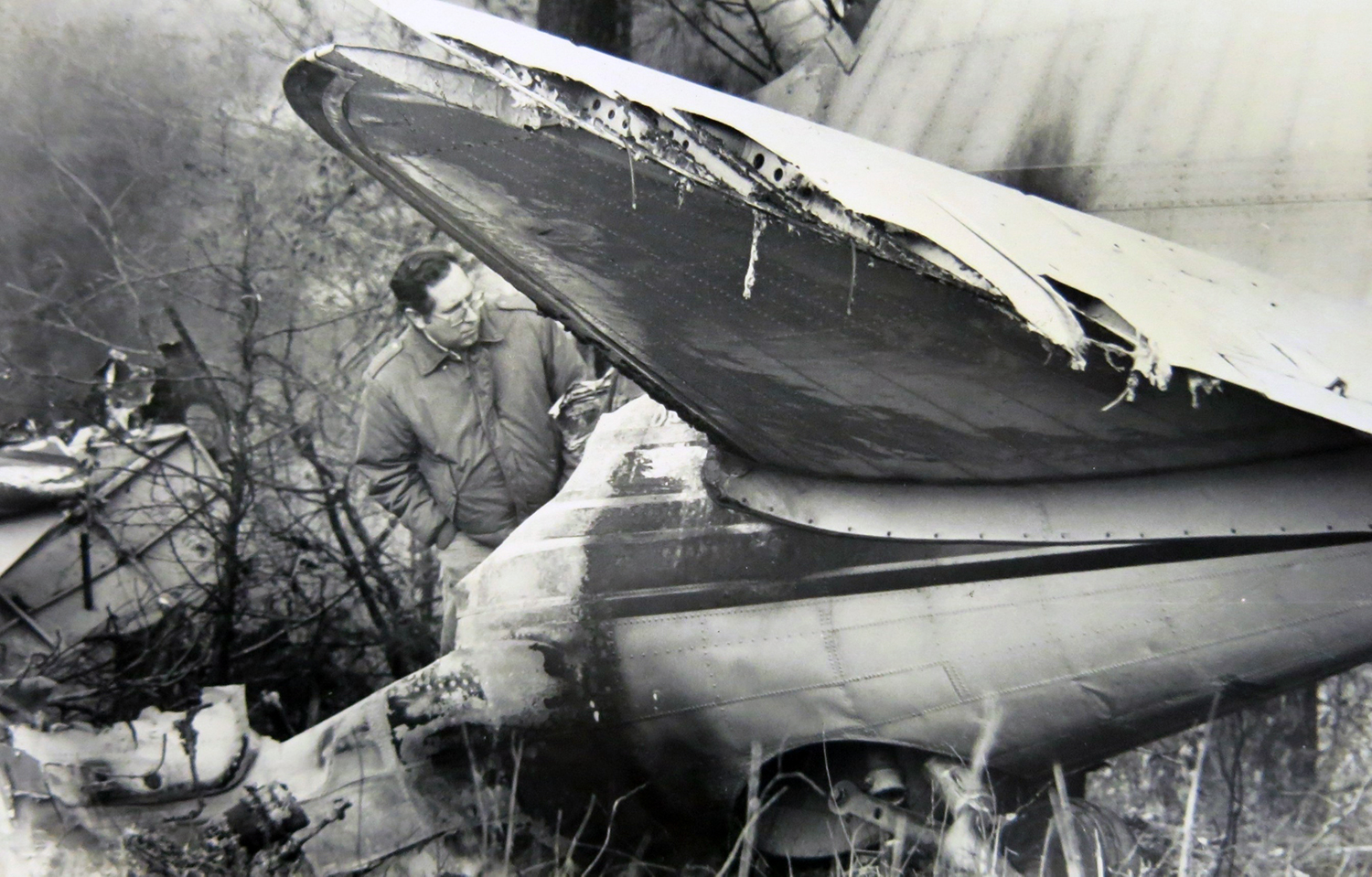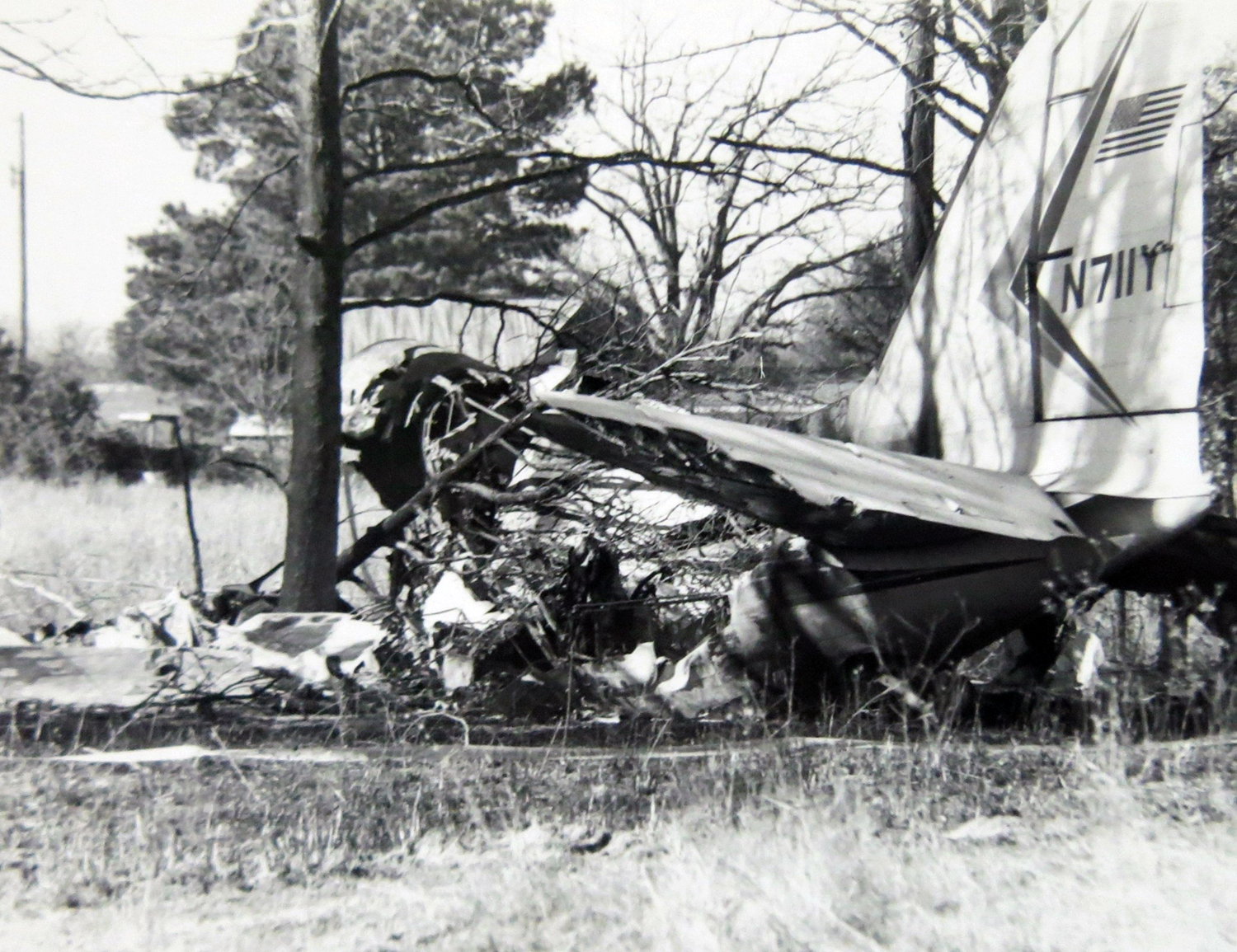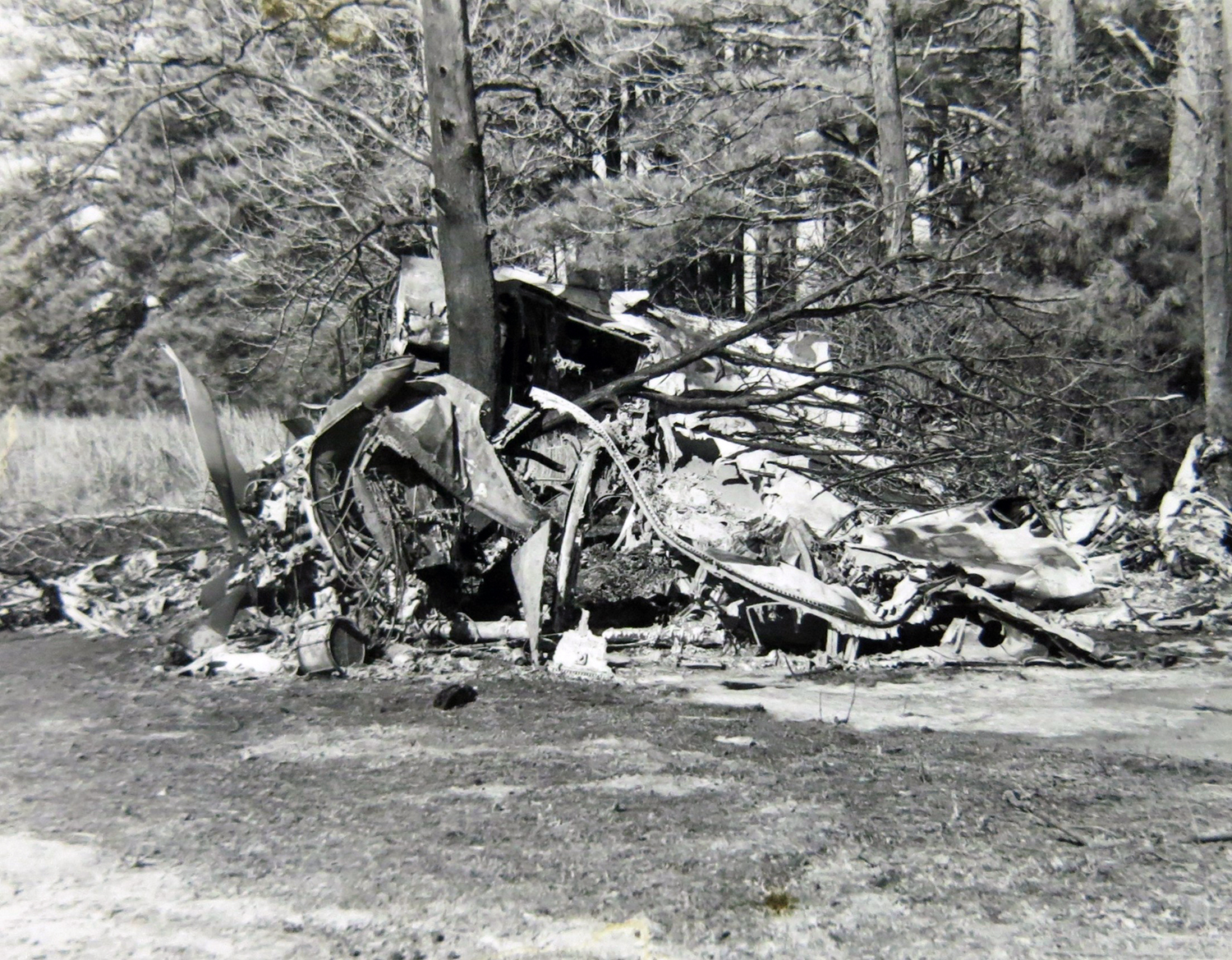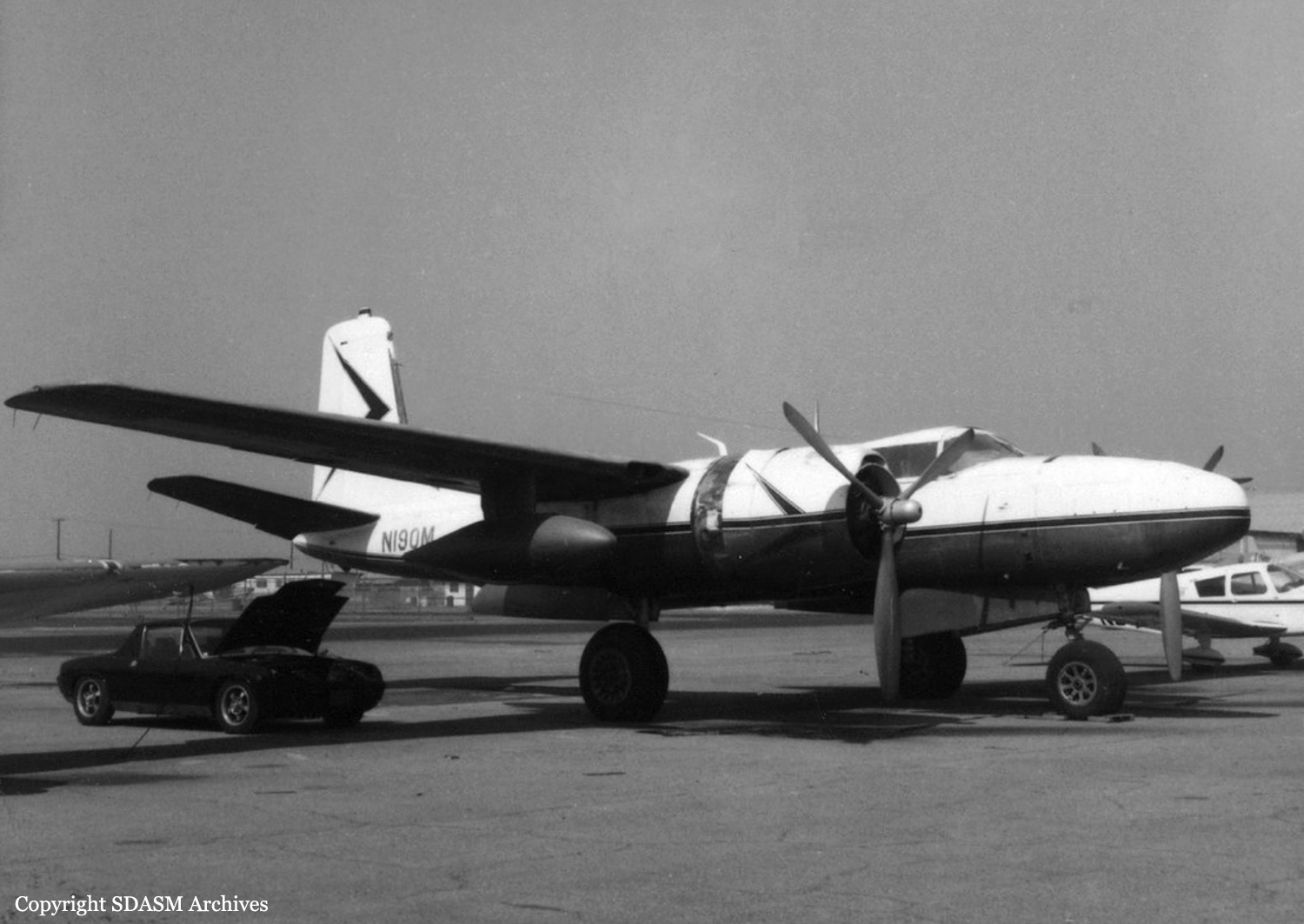Crash of a Beechcraft 65 Queen Air in Montague: 1 killed
Date & Time:
Apr 5, 1986 at 1430 LT
Registration:
N810Q
Survivors:
No
Schedule:
Oklahoma City - Bowie
MSN:
LC-26
YOM:
1960
Crew on board:
1
Crew fatalities:
Pax on board:
0
Pax fatalities:
Other fatalities:
Total fatalities:
1
Captain / Total hours on type:
50.00
Aircraft flight hours:
5779
Circumstances:
The pilot was observed in the area for several minutes while he was performing steep climbs and descents, low passes, and buzzing. Witnesses reported power was removed from both engines simultaneously, as if the throttles were retarded, followed by a loud pop. The aircraft began to wobble slightly and then a surge of engine power was heard only seconds before tree impact occurred. The aircraft then yawed sharply and impacted the ground. The wreckage was found near Montague, about five miles northeast of Bowie Airport, the intended destination. The pilot, sole on board, was killed.
Probable cause:
Occurrence #1: loss of control - in flight
Phase of operation: maneuvering
Findings
1. (c) airspeed - not identified - pilot in command
2. (f) low pass - performed - pilot in command
3. (f) buzzing - performed - pilot in command
4. (f) overconfidence in personal ability - pilot in command
5. (f) ostentatious display - pilot in command
----------
Occurrence #2: in flight collision with object
Phase of operation: maneuvering
Findings
6. (c) object - tree(s)
----------
Occurrence #3: in flight collision with terrain/water
Phase of operation: descent - uncontrolled
Phase of operation: maneuvering
Findings
1. (c) airspeed - not identified - pilot in command
2. (f) low pass - performed - pilot in command
3. (f) buzzing - performed - pilot in command
4. (f) overconfidence in personal ability - pilot in command
5. (f) ostentatious display - pilot in command
----------
Occurrence #2: in flight collision with object
Phase of operation: maneuvering
Findings
6. (c) object - tree(s)
----------
Occurrence #3: in flight collision with terrain/water
Phase of operation: descent - uncontrolled
Final Report:


